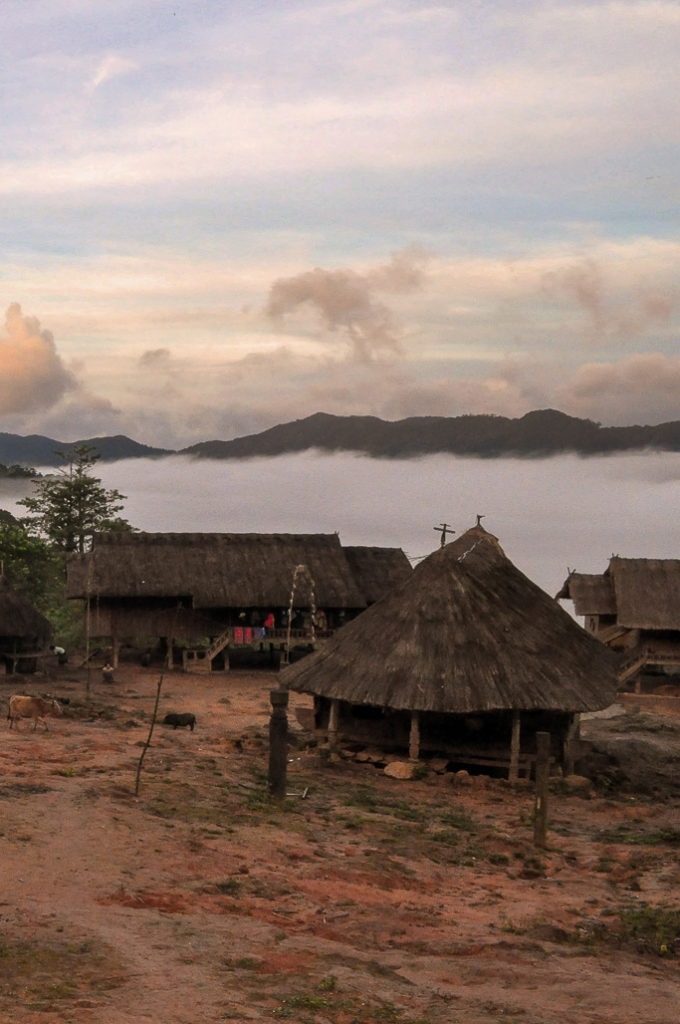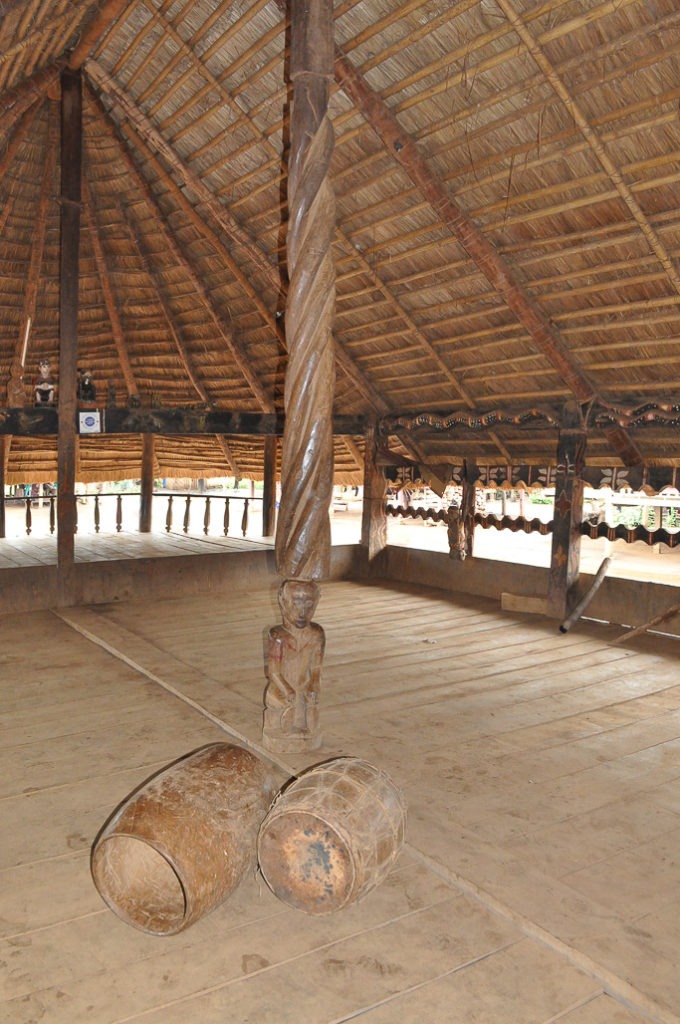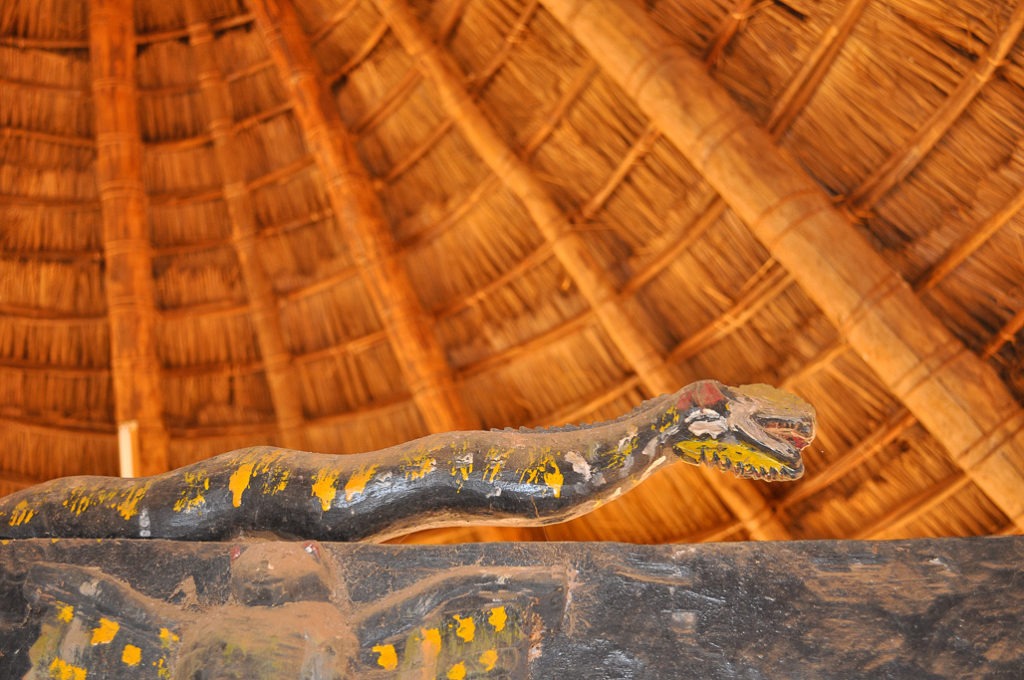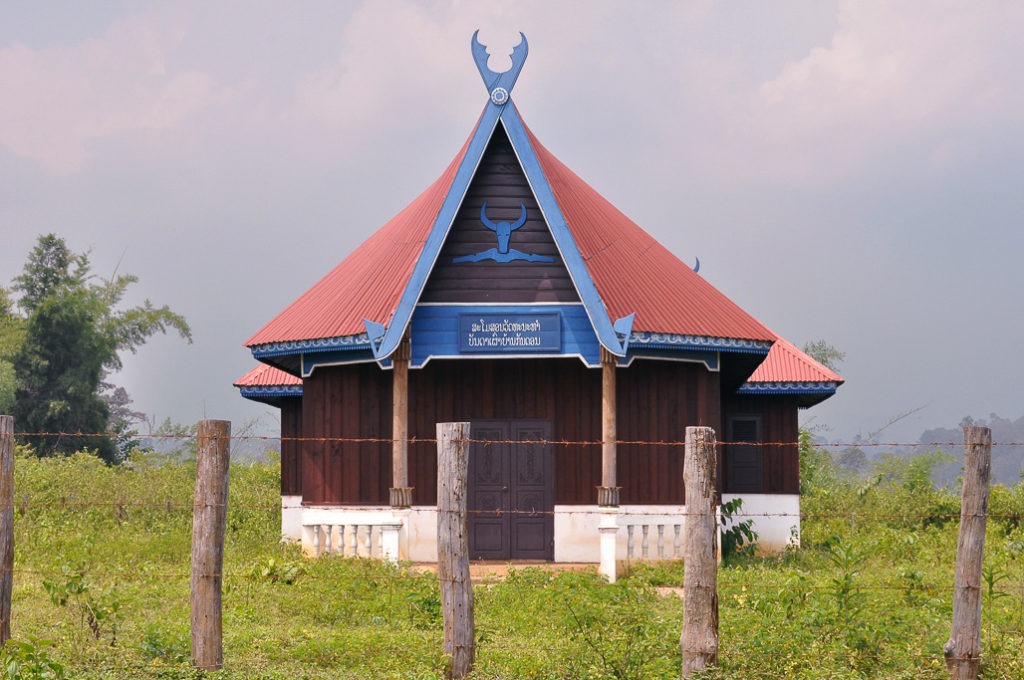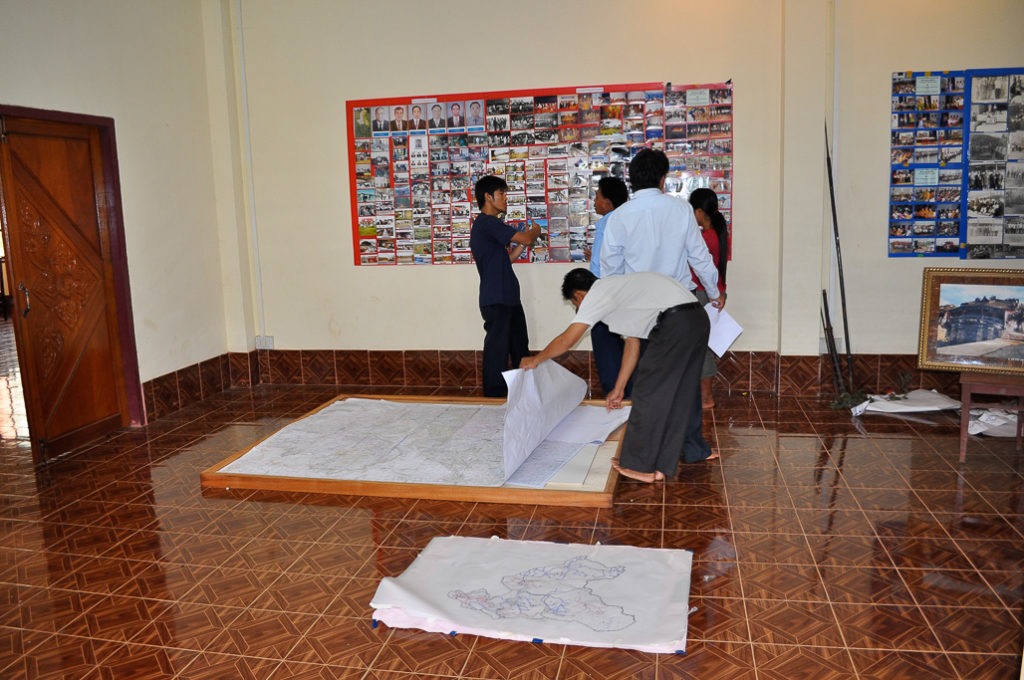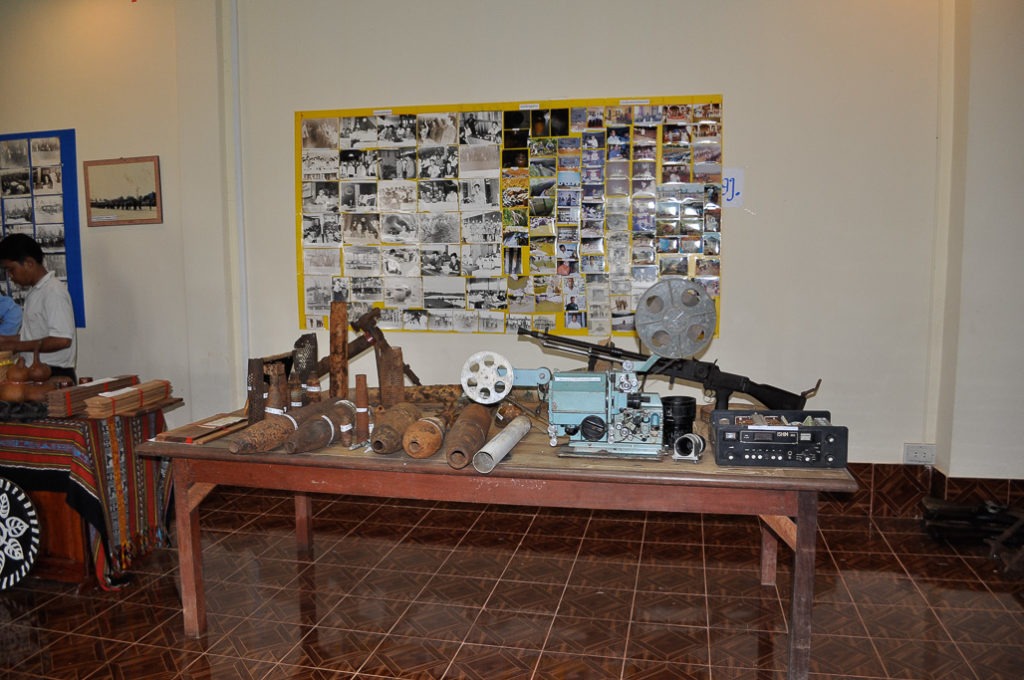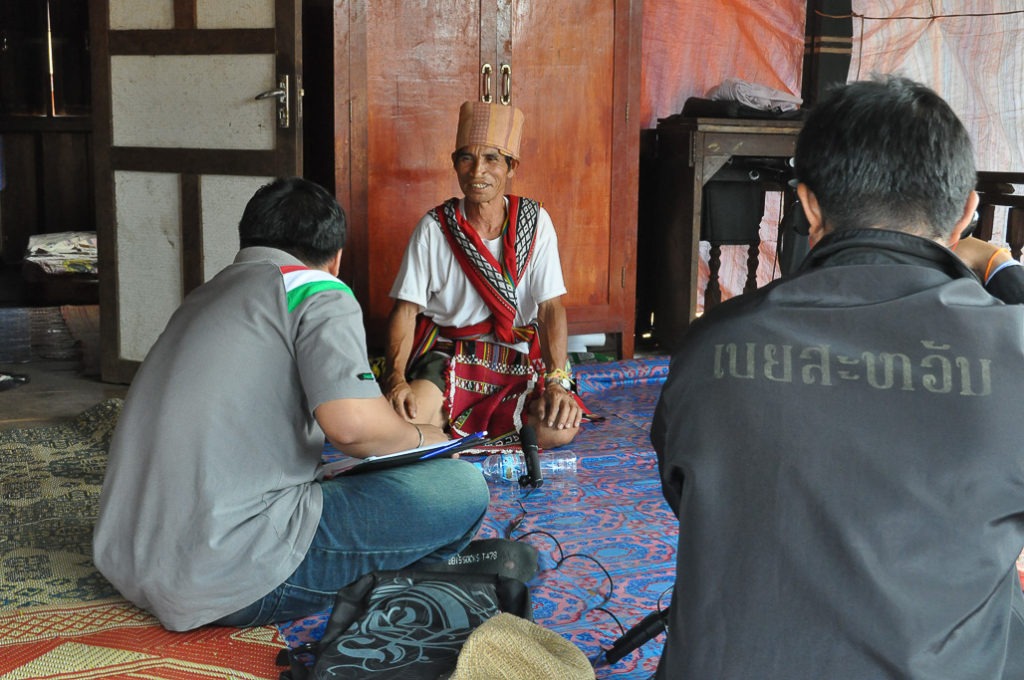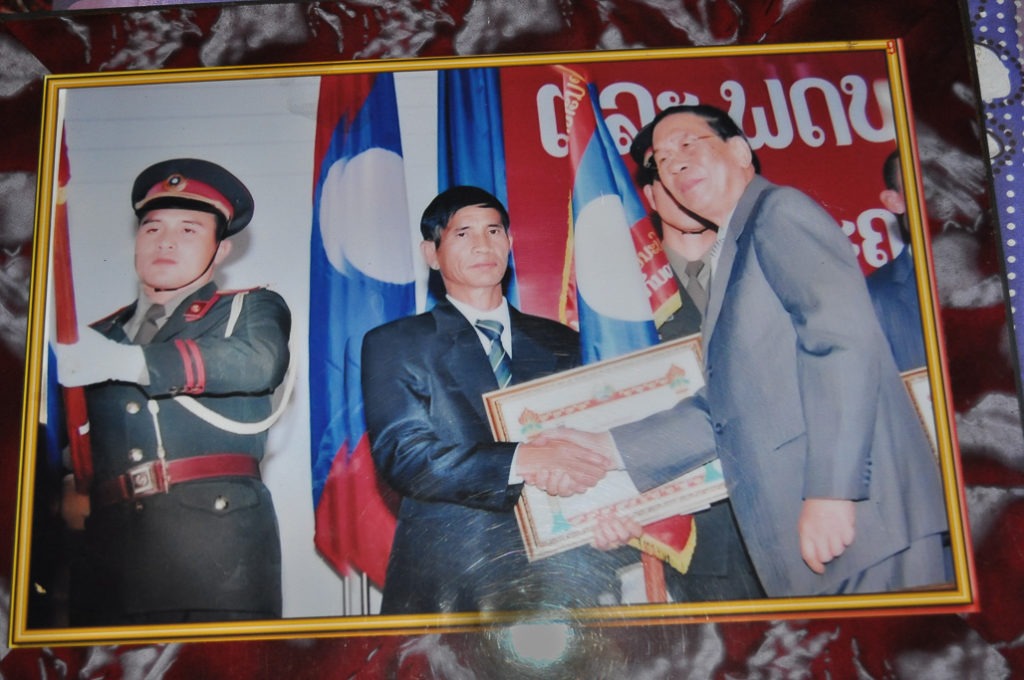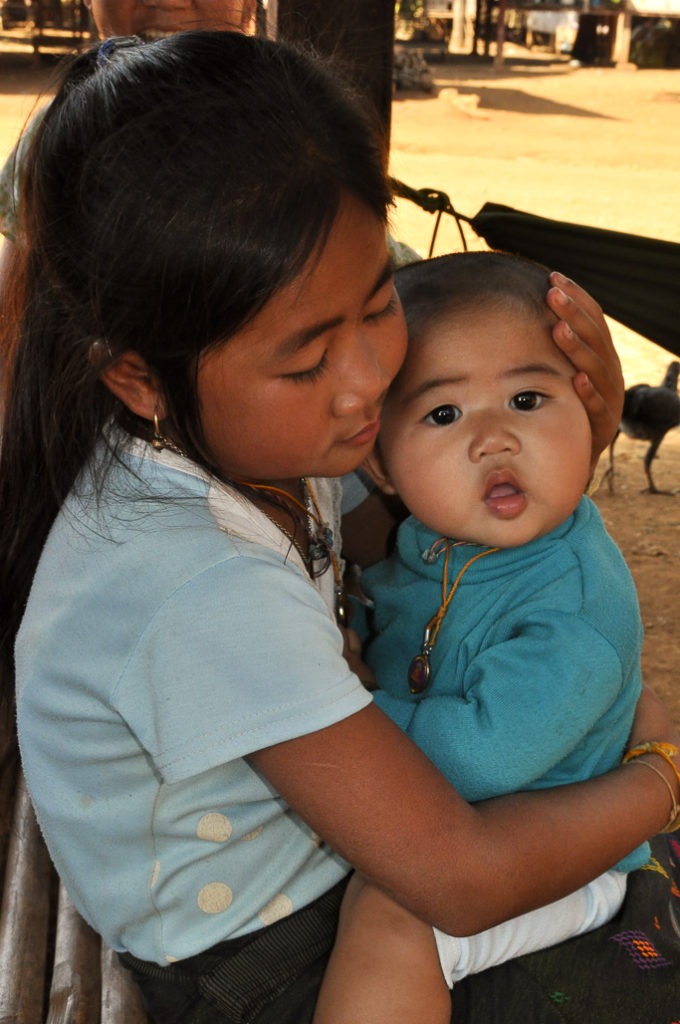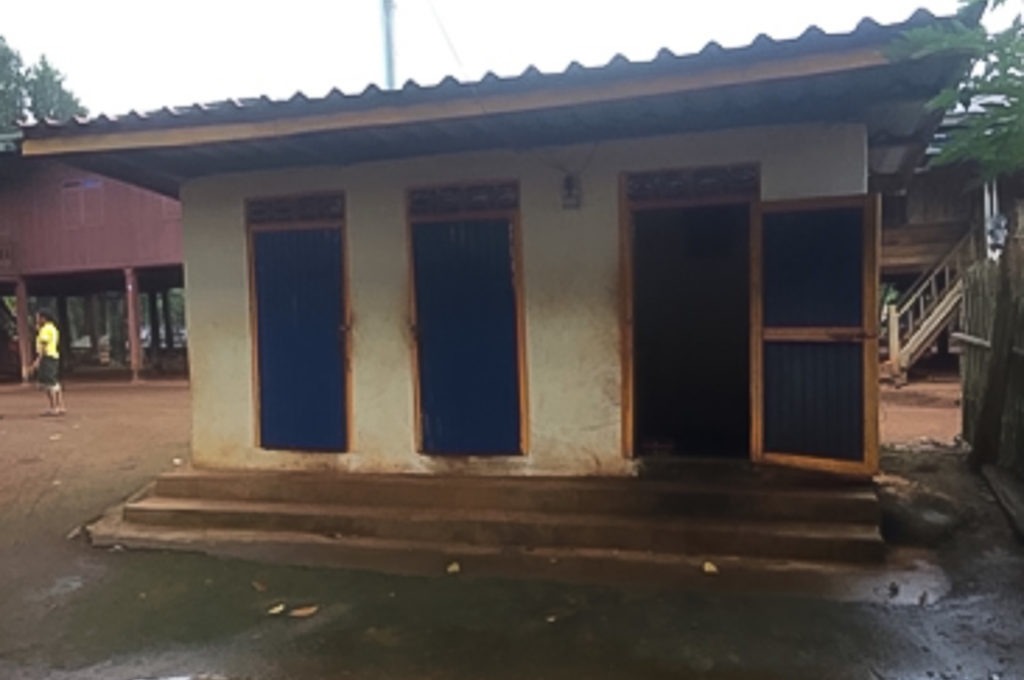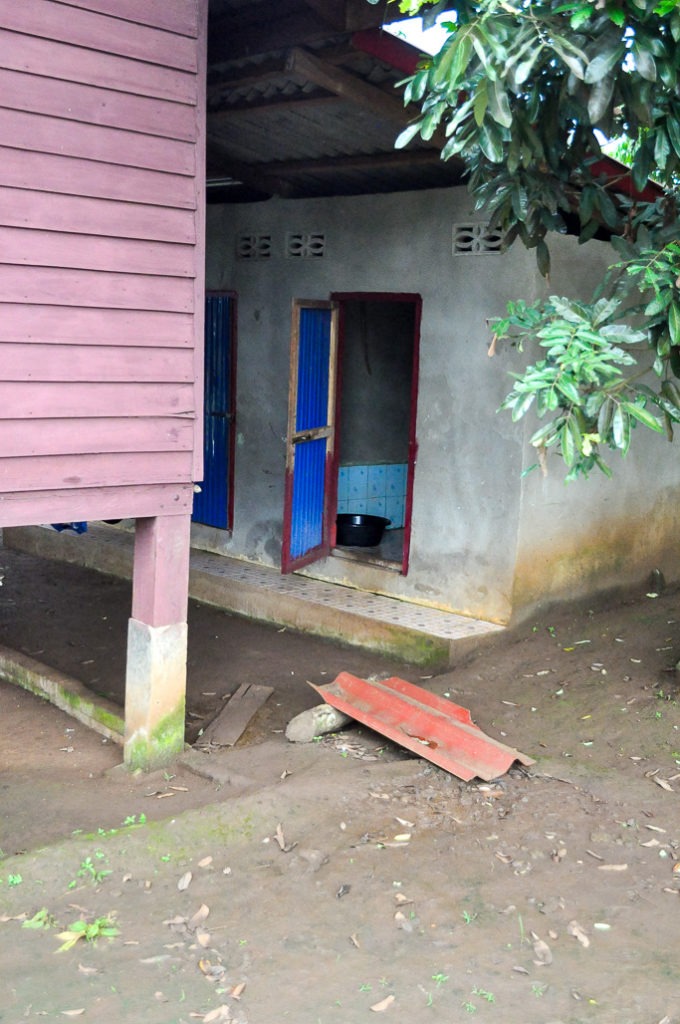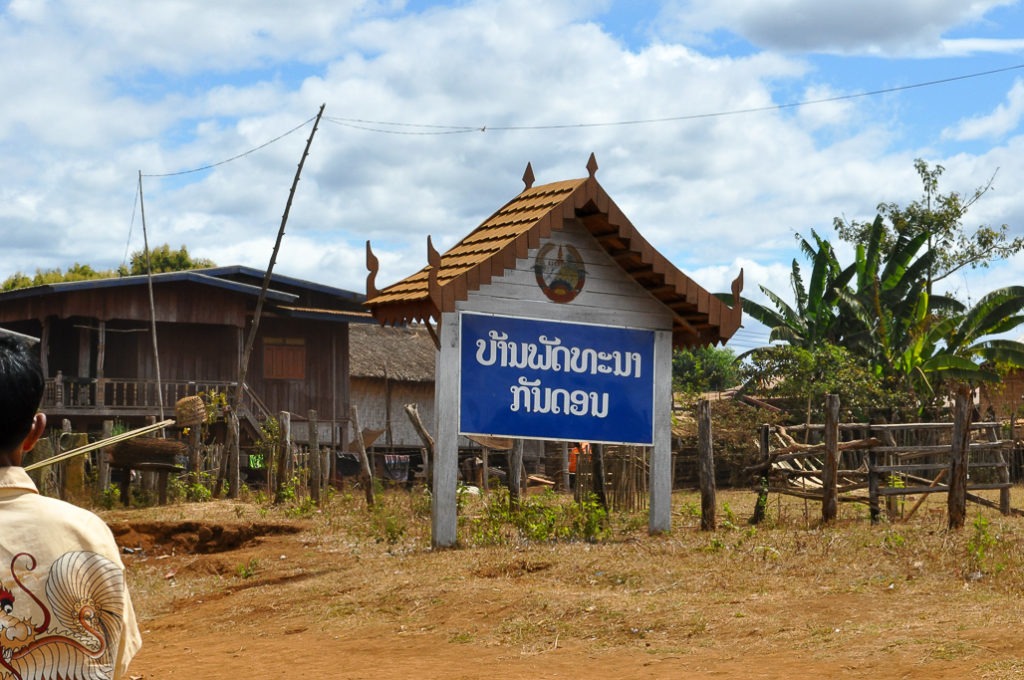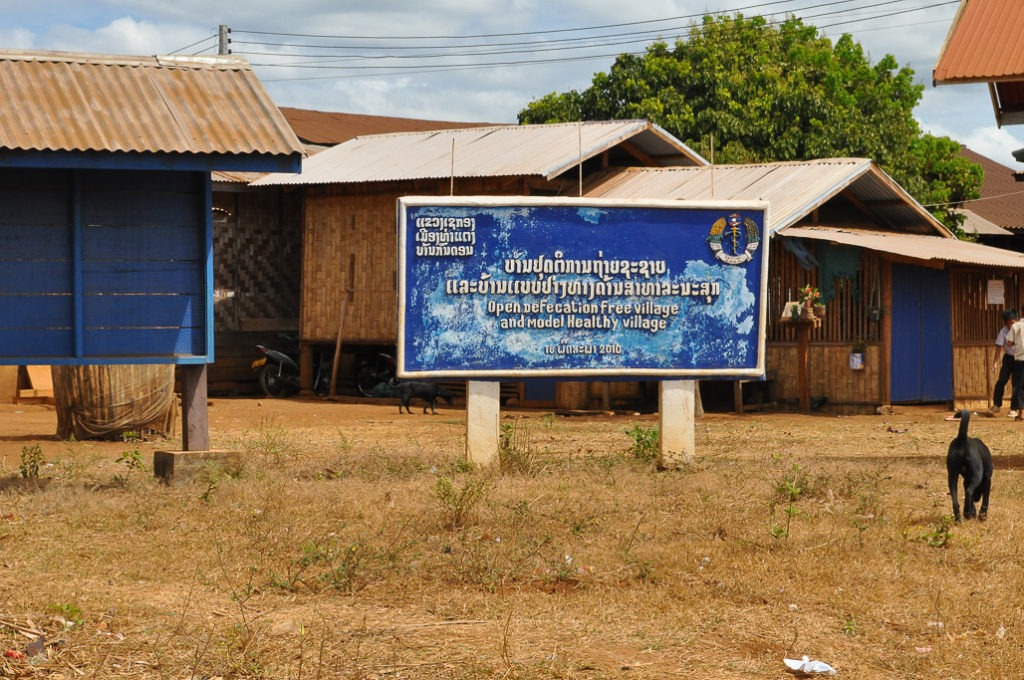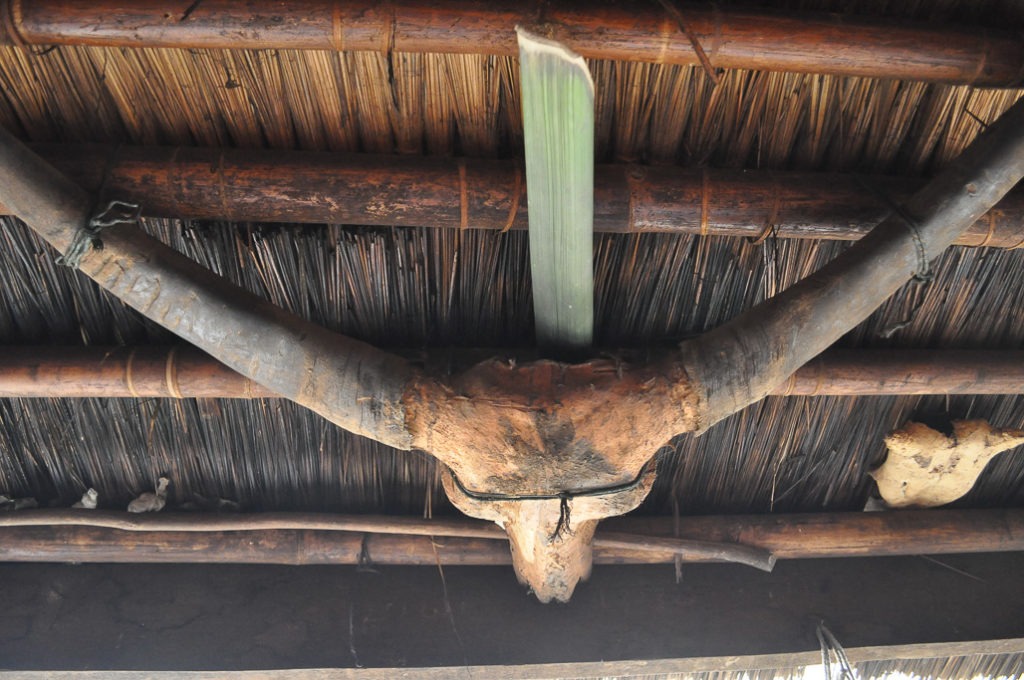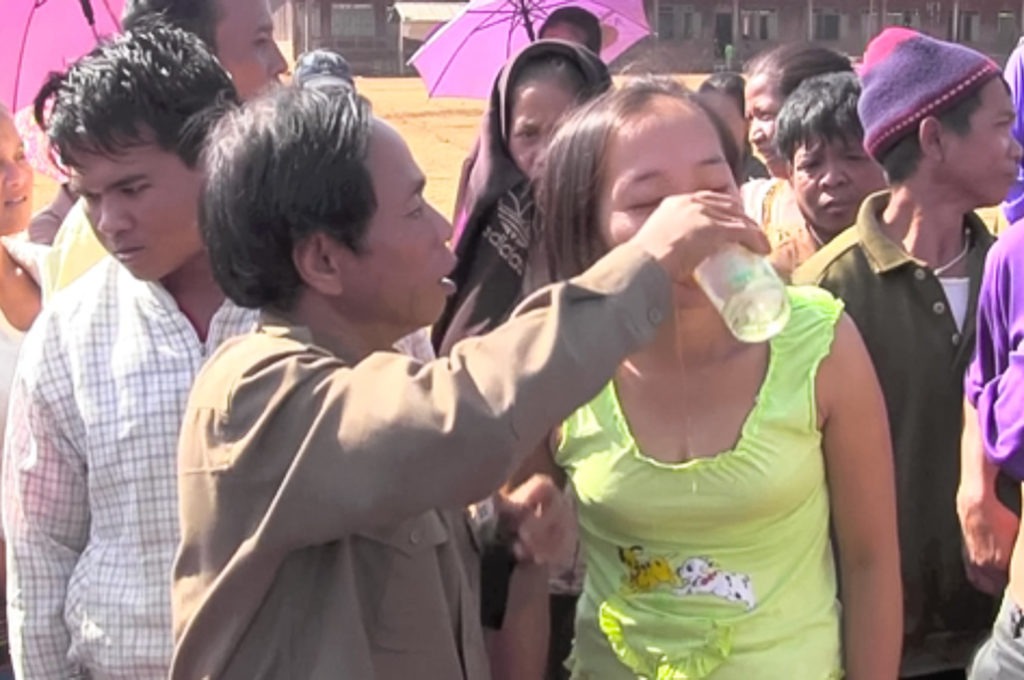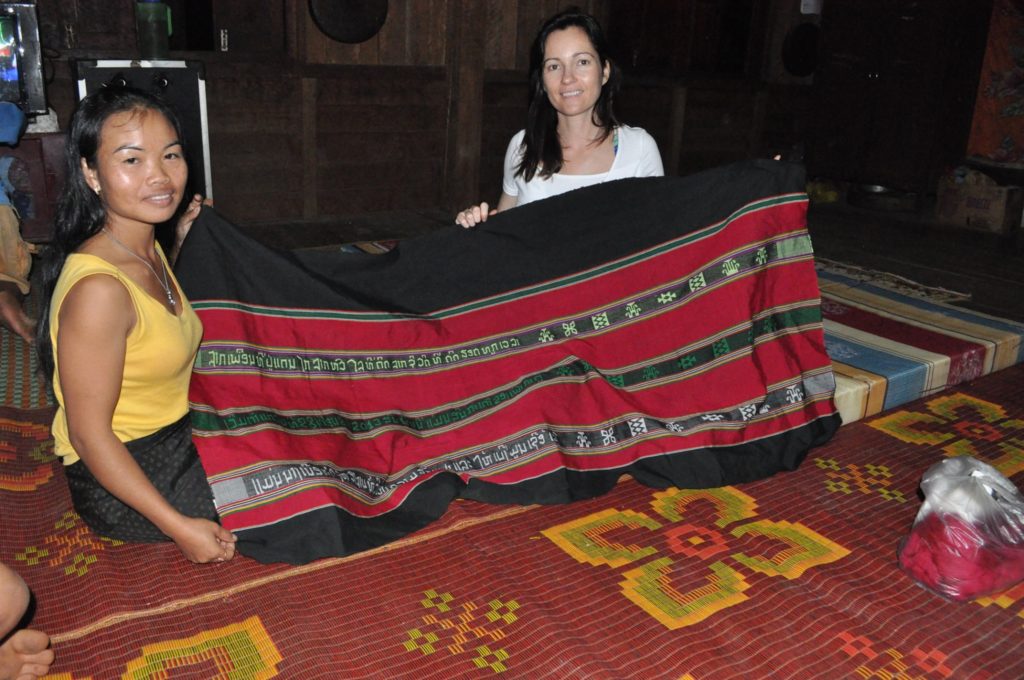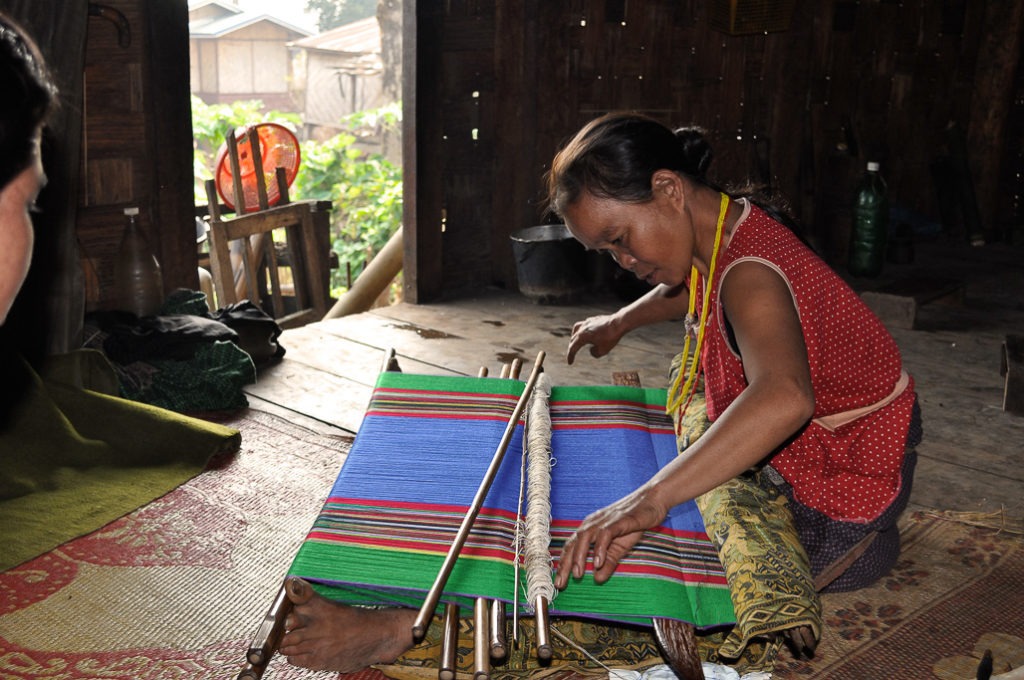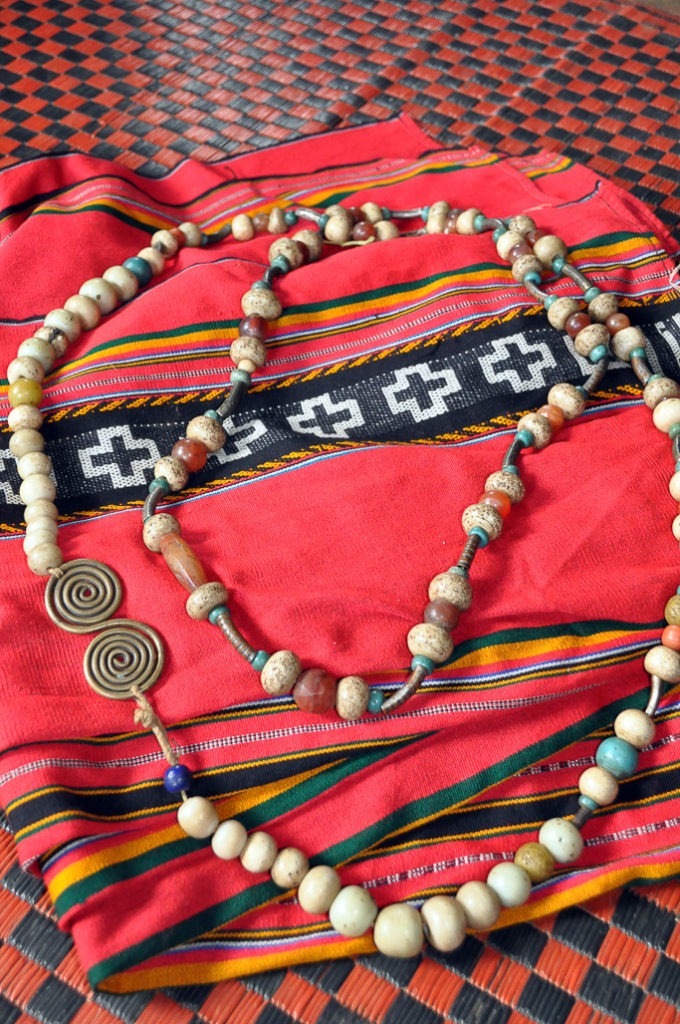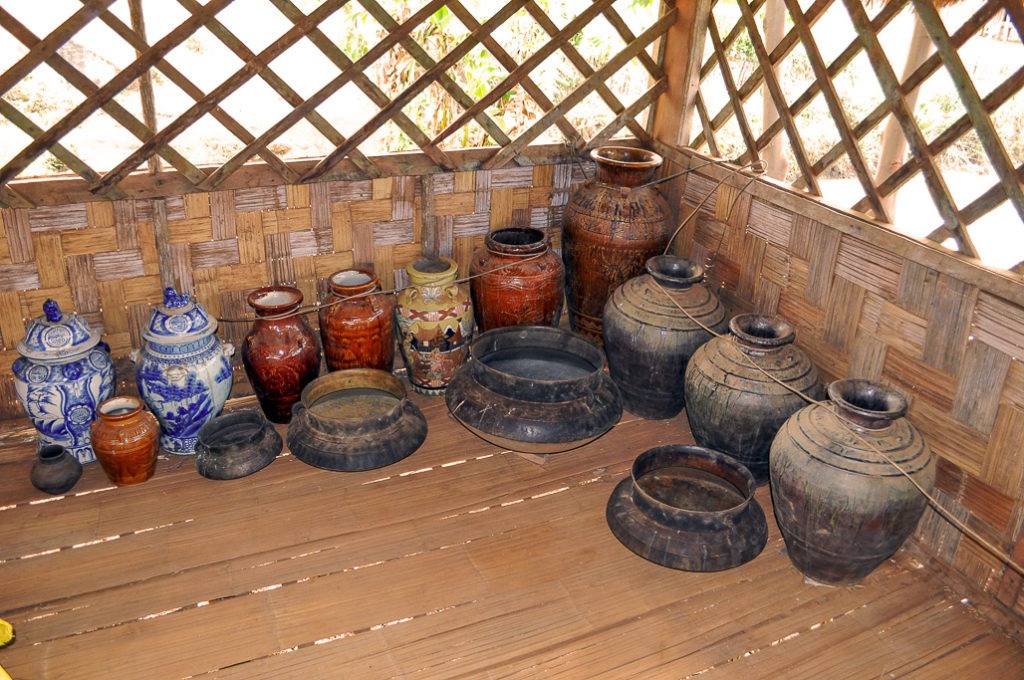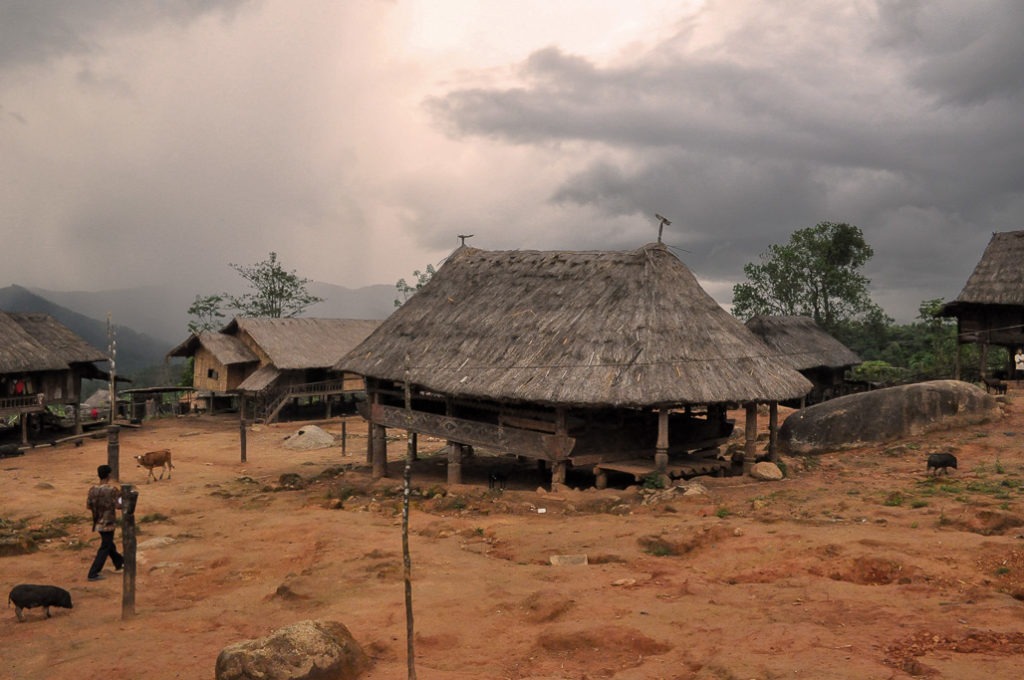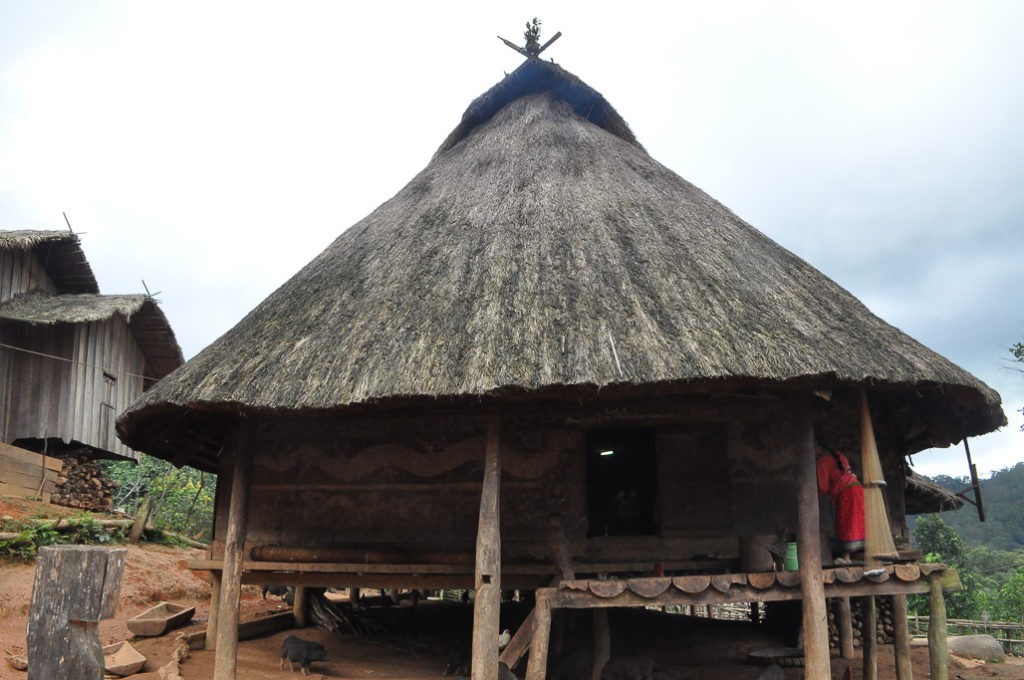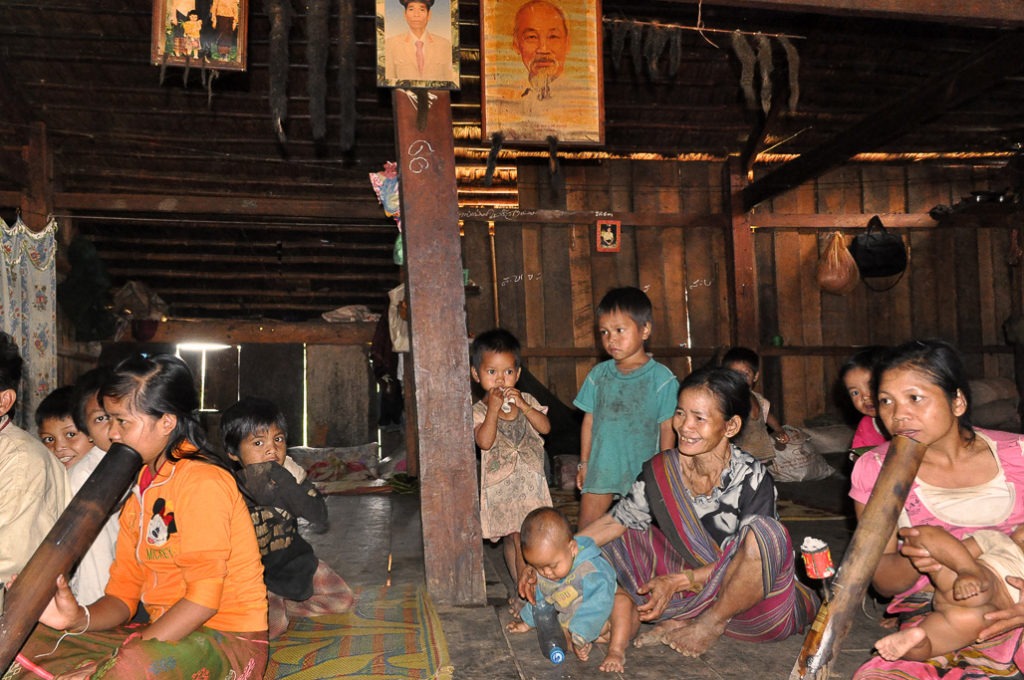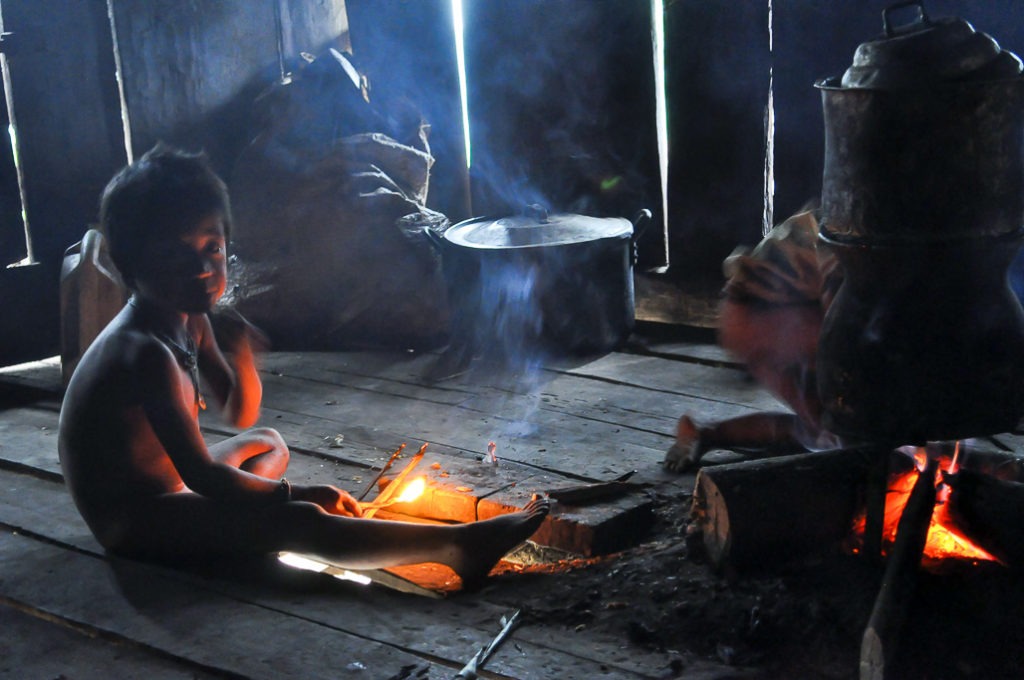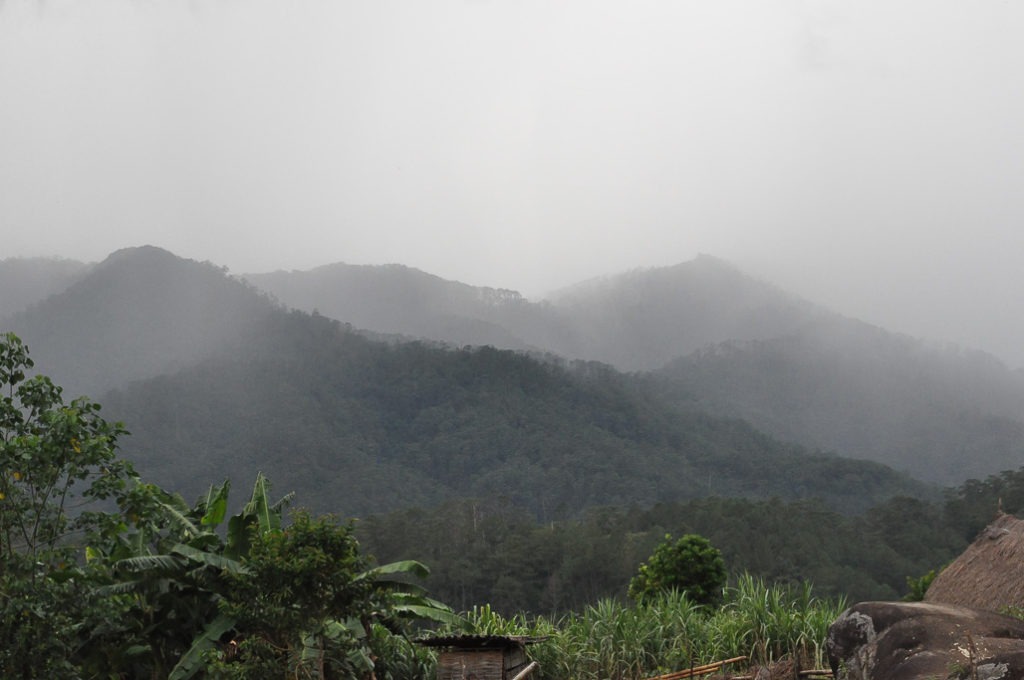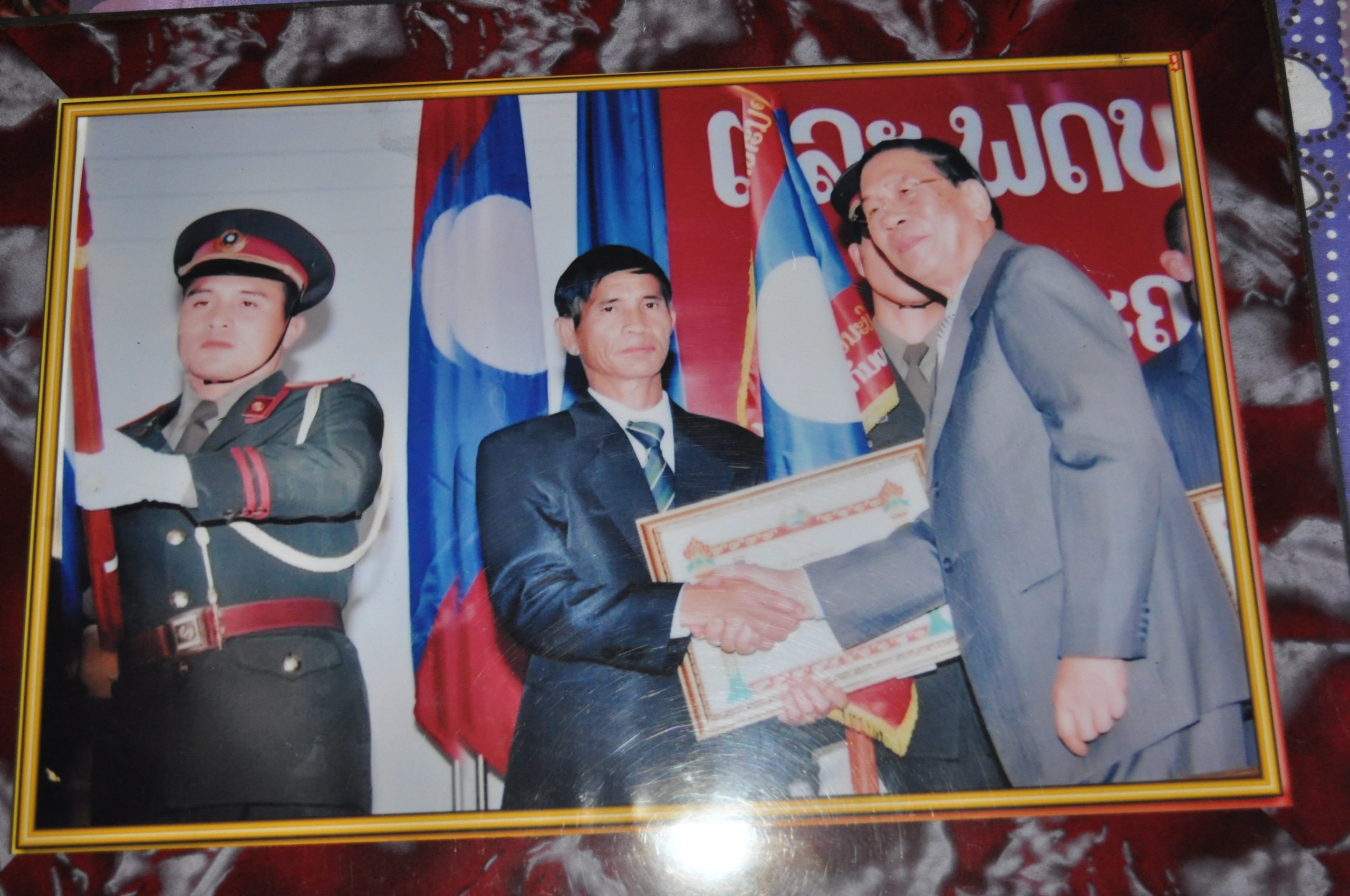Projectland
Life in a Lao Socialist Model Village

about the book
Projectland is political ethnography of contemporary Laos. More than forty years after the establishment of the Lao PDR, and more than seven decades since socialist ideologues first “liberated” parts of upland Laos, the chapters examine the outcomes of the socialist revolution through the lens of the day-to-day lives lived in a model village in contemporary Laos.
Kandon is remarkable by any account. The villagers are ethnic Kantu (Katu), an ethnicity associated by early ethnographers above all with human sacrifice. They repelled French control. As the war went on, the revolutionary forces of Sekong were headquartered in Kandon territories. In 1996, Kandon village resettled to a plateau area. “New Kandon” is Sekong Province’s first certified “Culture Village,” the nation’s first “Open Defecation Free Village and Model Health Village,” and the President of Laos personally granted the village a Flag and Labour Medal honouring their achievements in patriotism and development.
Even if socialism has declined as an economic model, this book argues, it is has not disappeared. Socialism is ascendant in contemporary Lao political culture and the politics of culture.
Holly High, Projectland
This book investigates the village’s success as a means of understanding the ongoing significance of socialism in contemporary Laos. Even if socialism has declined as an economic model, this book argues, it has not disappeared. Socialism is ascendant in contemporary Lao political culture and the politics of culture. For instance, by influencing what counts as success, socialist thought informs the forward-looking idioms through which people imagine their own agency and their own lives as projects.
This book also presents the stories that are cast into shadows by the usual stories of how New Kandon is a success in the idiom of Lao socialism. It tells the story of a small group of villagers who left to re-establish the old village in the mountains, effectively defying central policy preferences but in their words obeying the powerful presence that animates the land there. It also relates the experiences of some women who, bound by steep brideprices to often-violent marriages, have tasted little of the socialist project of equality, unity and independence. These people spoke to me of the limits on their lives, which they often glossed as “necessities”. In a context where the state has defined the legitimate forms of success and agency, “necessity” emerged as a means of framing one’s life as non-conforming while also non-agentive.
Chapters
Praise for Projectland
Reviews of Projectland
Baird, I. G. (2021) Projectland: Life in a Lao Socialist Model Village. Asian Ethnicity, 23 (4), 828-847, https://doi.org/10.1080/14631369.2021.1993786
Kaminer, M. (2022) Projectland: Life in a Lao Socialist Model Village, Journal of Contemporary Asia, 52 (4), 684-686, https://doi.org/10.1080/00472336.2022.2032282
Lutz, P-D (2022) Projectland – Life in a Lao Socialist Model Village, The Asia Pacific Journal of Anthropology, 23 (3), 297-299, https://doi.org/10.1080/14442213.2022.2066717
-
‘Projectland’ on SSEAC Stories podcast
In this episode of the SSEAC Stories podcast, I speak with Natali Pearson from the Sydney Southeast Asia Centre at…
-
Interview on New Books Network: Projectland
I was recently interviewed by the wonderful Natali Pearson, of Sydney University’s Sydney Southeast Asia Centre. We talked about Lao…






